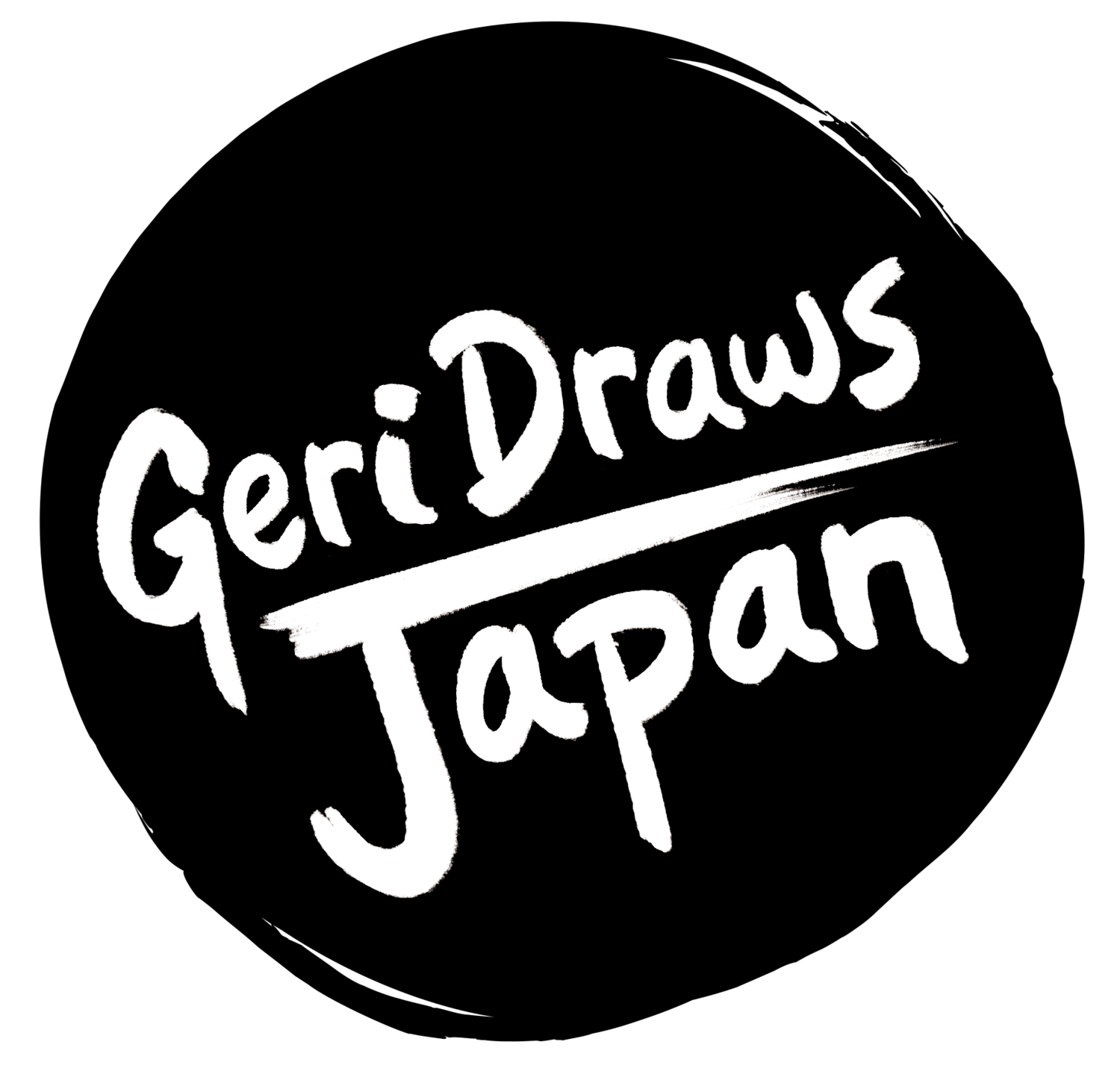Who Wants to Go to Japan?
To kick off 2017, one of the most unbelievable things happened to me—a Japanese TV crew visited my house in the UK to film me talking about my love for お好み焼き (okonomiyaki). It was part of my audition for the TV Tokyo program called 「世界!ニッポン行きたい人応援団」, or “Who Wants to Come to Japan?” as they call it in English, which invites foreigners with specific interests in Japanese culture to make their dreams come true with a visit to Japan.
I originally auditioned for the program at the London Matsuri back in September of 2016, but I didn’t hear anything until December when I was contacted by the company who said they wanted to film me making okonomiyaki in my home! Filming for two days was exciting enough—we went shopping for ingredients, I demonstrated how I made it, and threw a big dinner party for friends—a totally wonderful experience. Little did I know that they would come back on the third day to surprise me with an official invitation to Japan!
Filming my 紹介 (introduction) video down at the Trent in Nottingham. Definitely the most embarrassing part!
For anyone who doesn’t know, okonomiyaki is one of Japan’s “soul foods”—I first tasted it in 2013 on a visit to Otafuku in New York’s East Village. Some people describe it as being a sort of “eggy pizza pancake,” but I don’t think it’s really comparable to any Western food at all.
Osaka okonomiyaki versus Hiroshima okonomiyaki. 大阪のお好み焼きと広島のお好み焼き。
Osaka and Hiroshima are famous for okonomiyaki in Japan. Both cities have quite different “styles”—Osaka is known for mixing ingredients together in a thick batter, where Hiroshima is known for layering ingredients on a crepe-style base and topping with a generous serving of noodles. (Both are equally delicious in my opinion, so don’t ask me to choose!)
I spent three days filming in Osaka, and two days filming in Hiroshima. In total, I ate at ten different restaurants, and had the extra-special experience of eating homemade okonomiyaki with a lovely family in Ibaraki-shi! Part of my wish was to actually learn how to make Hiroshima okonomiyaki as I’d never made it before, and that also came true at not just one restaurant, but two—Mitchan Souhonten, and Takenoko at the famous Okonomimura.
Learning how to make Hiroshima okonomiyaki at Takenoko, Okonomimura.
Here’s the full list of places I visited:
Osaka:
- Mizuno
- Fukutaro
- Sougetsu
- Chigusa
- Kotomi
- Okura
Hiroshima:
- Mitchan Souhonten
- Takenoko at Okonomimura
- Okonomiyaki Lopez
- Hassho
I’d be lying if I said I wasn’t slightly worried at first about how much okonomiyaki I’d eat over the course of the trip. Would I get totally sick of it? Even an okonomiyaki enthusiast needs a little variety over a week. Much to my surprise, each restaurant was so unique, that no two were alike. In Osaka, I tried a variety of toppings such as mussels, squid, prawns, and pork. I tried “negiyaki”—a version that replaces all cabbage with spring onions. I visited a Showa-era restaurant where the lovely owners add soft oden potatoes to the batter—a huge surprise for me and something I’d never even heard of before. Some restaurants add mayonnaise, others add a touch of mustard for a spicy kick. Each restaurant takes pride in their unique sauce and is often kept secret.
Lopez in Hiroshima is known for the addition of jalapeño peppers as a topping.
In Hiroshima, I had the pleasure of visiting Okonomiyaki Lopez, a shop owned by a Guatemalan man named Fernando Lopez who moved to Japan over twenty years ago. You’d be hard-pressed to find his unique touch anywhere else in Japan—a generous topping of jalapeño peppers along with his signature two-yolk egg. And, of course, in Hiroshima’s famous Okonomimura building, at a little shop called Takenoko, I got to try Hiroshima oyster okonomiyaki during actual oyster season.
Fresh, huge oysters on my okonomiyaki from Takenoko in the famous Okonomimura, Hiroshima.
Although I was excited to visit Hiroshima to eat okonomiyaki, I couldn’t help but think about the history of the city from the moment I stepped off the train. Okonomiyaki is not just famous for being prepared differently in Hiroshima—it was a necessity after the atomic bomb when food was scarce and few ingredients were available. Little did I know that this ancestor of today’s okonomiyaki would be re-created for me at Mitchan Sohonten restaurant—delivered to me in bamboo and newspaper just as it would have been eaten 75 years ago. The ingredients were certainly different—it included a type of seaweed said to stimulate hair growth—and it was almost reminiscent of a tortilla. I’m not sure how I didn’t cry, but I know I will never forget that experience.
To close out my trip, I spent a few days exploring Tokyo alone and switched from eating okonomiyaki daily to eating as much ramen and drinking as much coffee as possible!
If you want to see my episode, you can watch it above, or through the link here on YouTube. It's quite long, so be sure to grab a snack, because it will definitely make you hungry!
My lovely film crew in Japan!
Again, I want to thank everyone who helped make my dream come true and gave me the experience of a lifetime. Jo Yoda, Yusuke Okada, Ayaka Kitaguchi, Kei Nakamura, and Seiji Tamura—as well as everyone from the Telesearch London and TV Tokyo—I truly cannot thank you enough and I will never, ever forget it.
Japan, keep your teppans hot, because I’m already planning to come see you again.








